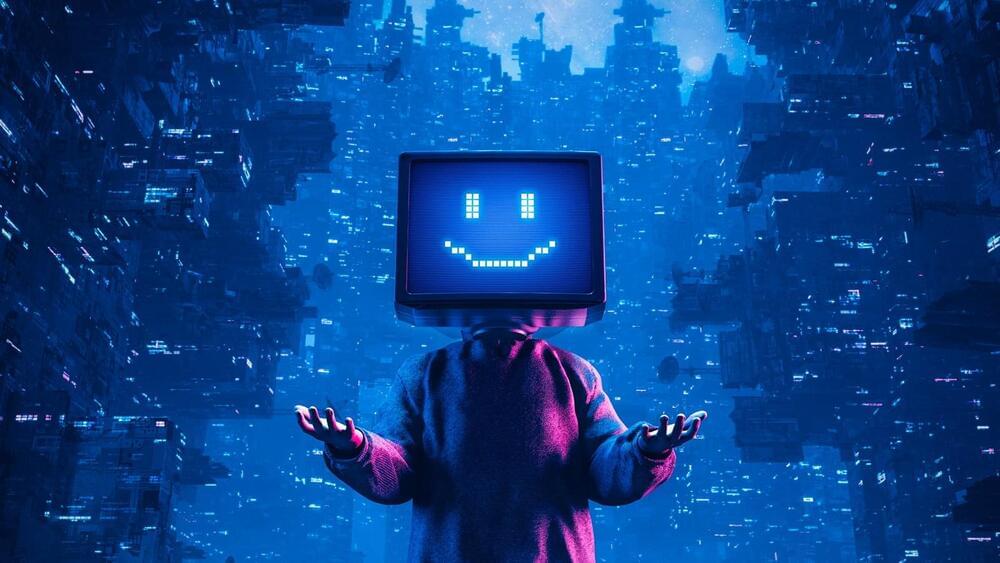Feb 2, 2023
We Don’t Need To Go To Mars
Posted by Jose Ruben Rodriguez Fuentes in category: space travel
Buckle up, this one is fun: Maciej Cegowski has begun what promises to be a multi-part essay arguing against a crewed mission to Mars. It’s called “Why Not Mars,” it’s 8,000 words long, with 66 footnotes, and it sings. I’m not even sure I agree, but I enjoy the hell out of it.
The goal of this essay is to persuade you that we shouldnt send human beings to Mars, at least not anytime soon. Landing on Mars with existing technology would be a destructive, wasteful stunt whose only legacy would be to ruin the greatest natural history experiment in the Solar System. It would no more open a new era of spaceflight than a Phoenician sailor crossing the Atlantic in 500 B.C. would have opened up the New World. And it wouldnt even be that much fun.
A few choice lines:


















